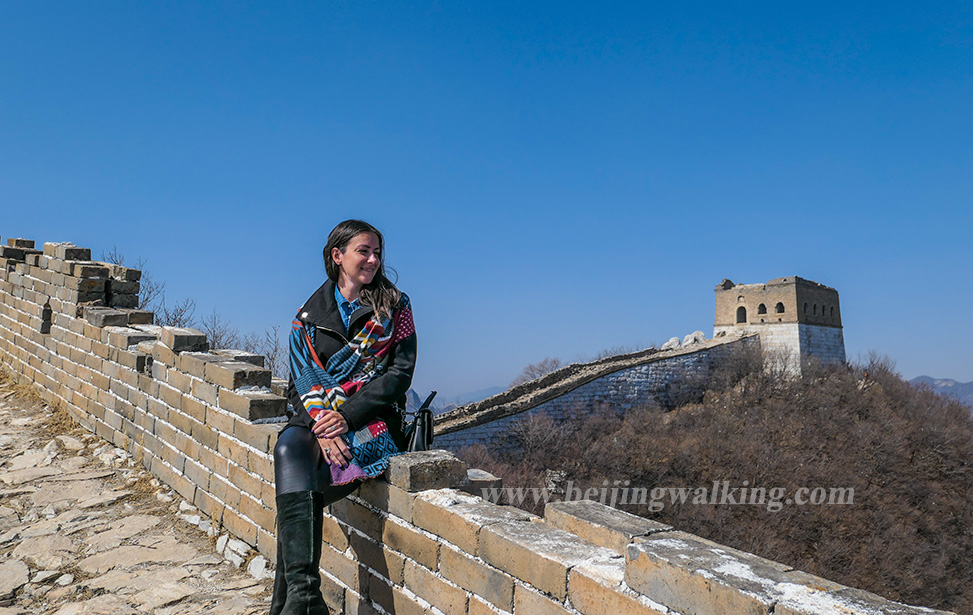4 Most Important People with Forbidden City History
As the biggest Palace museum — the Forbidden City had over 17 million visitors in 2018. The Forbidden City was built in 1420, it will be 600 years old in 2020. You can spend years reading the history of the Forbidden City, but 4 most important people can help you understand her story in 5 minutes.
1. EMPEROR YONGLE — The 3rd Ming emperor who built the Forbidden City
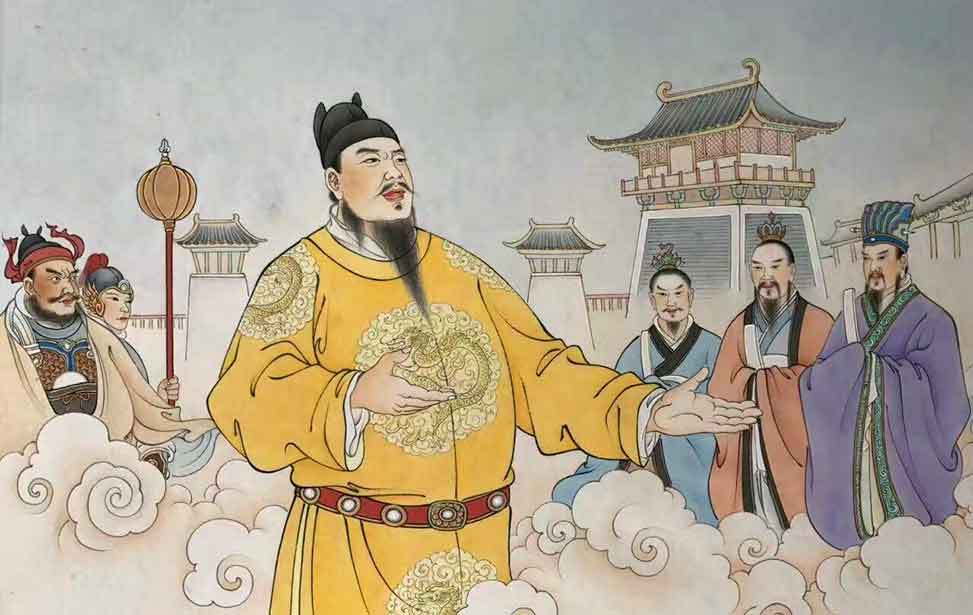
Accession To The Throne
Emperor Yongle was his title after he was crowned. Before he was called Zhu Di — the King of Yan because he was the 4th son of the first emperor of the Ming Dynasty — Yuanzhang Zhu who led people to fight with the Mongolians and beat them out of China. The original capital was chosen to be Nanjing. Emperor Yuanzhang Zhu’s first son died before he died. He hesitated for almost half a year before designating his successor, but then he complied with tradition by investing in the dead crown prince’s son Zhu Yunwen(his first grandson from the first son), then only 15 years old. Meanwhile, Zhu Di was 38 years old and commanded important military troops in Beijing. In early 1402 the prince of Yan’s forces broke through the imperial armies in the north, sped almost unopposed southward along the Grand Canal, accepted the surrender of the imperial fleet on the Yangtze River, and were admitted into the walled capital by court defectors in July 1402. Four days after the fall of Nanjing, the prince of Yan took the throne himself, although he did not formally begin his rule until 1403; he took the reign name Yongle (“Perpetual Happiness”).
Move the capital to Beijing and build the Forbidden City
Beijing was perhaps not the ideal site for the national capital: it historically had been associated primarily with “barbarian” dynasties such as the Yuan, it was far removed from China’s economic and cultural heartland, and it was dangerously close and exposed to the northern frontier. But it was the Yongle emperor’s personal power base, and it was a site from which the northern defenses could be kept under effective surveillance. In 1420, after 16 years of work by over 1 million people the huge project was completed, and Beijing became the capital of the Ming dynasty. The emperors start to use the Forbidden City.
2. LI ZICHENG — A farmer rebel leader
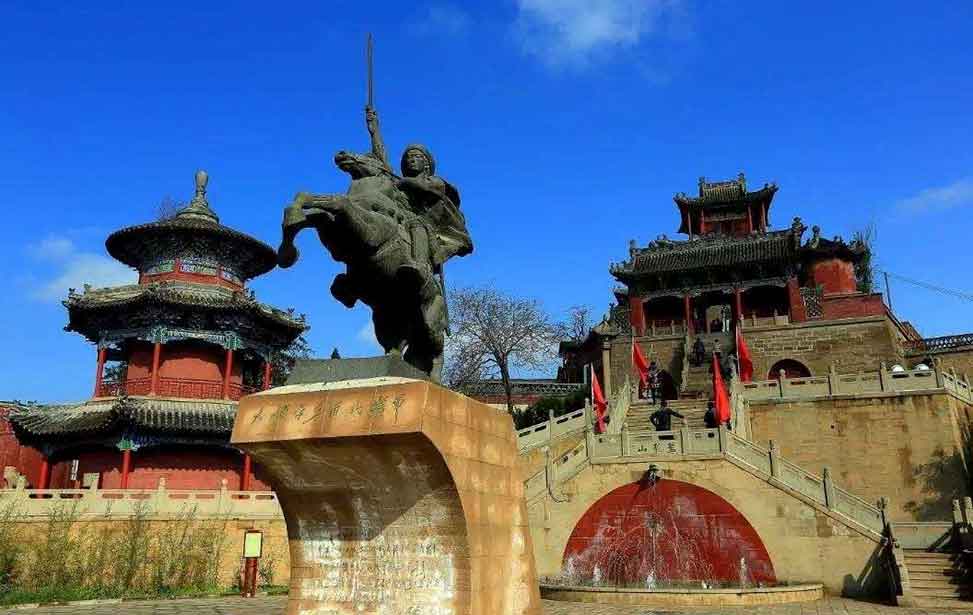
(born c. 1605, Mizhi, Shaanxi province, China—died 1645, Hubei province), a Chinese rebel leader who dethroned Chongzhen, the last emperor of the Ming dynasty (1368–1644).
In most history books, 2 dynasties used the Forbidden City for the emperors. But between the 2 dynasties, there was a short time (42 days), the Forbidden City belonged to Li Zicheng a LI ZICHENG — farmer rebel leader (born c. 1605, Mizhi, Shaanxi province, China—died 1645, Hubei province), a Chinese rebel leader who dethroned Chongzhen, the last emperor of the Ming dynasty (1368–1644). In most history books, 2 dynasties used the Forbidden City for the emperors. But between the 2 dynasties, there is a short period (42 days), the Forbidden City belonged to Li Zicheng a former rebel leader. As the Mong dynasty spend too much energy defending against the invasion from the Qing army who lived outside the Great Wall. People were suffering from disasters. So the farmer rebel leader got a lot of support. The farmer army conquered Beijing and the Ming emperor committed suicide himself. But General Li who led the army on the Great Wall surrendered to the Qing and aliens to get to Beijing. Li Zicheng didn’t withstand the strong force. He crowned himself the emperor of the SUN dynasty and rubbed Beijing, burned down the Forbidden City, and ran away…
3. CI XI — the most powerful woman in Chinese history
Cixi also called Xitaihou or Xiaoqin Xianhuanghou, byname Empress Dowager, (born November 29, 1835, Beijing, China—died November 15, 1908, Beijing), consort of the Xianfeng emperor (reigned 1850–61), mother of the Tongzhi emperor (reigned 1861–75), adoptive mother of the Guangxu emperor (reigned 1875–1908), and a towering presence over the Chinese empire for almost half a century. By maintaining authority over the Manchu imperial house (Qing dynasty, 1644–1911/12), she became one of the most powerful women in the history of China.
As a woman and not the emperor, she can’t live in the house of the emperors, so she did rebuild a nice complex in the Forbidden City which we use it as the jewelry exhibition today, but you can simply call it Mili Forbidden City.
How could a woman get so powerful in the Qing dynasty? How did she get it? What did her life look like?
There are many interesting topics, we can talk about on days, if you are interested, have a personal guide, to take you to discover the Forbidden City to see how the men and women lived and worked here.
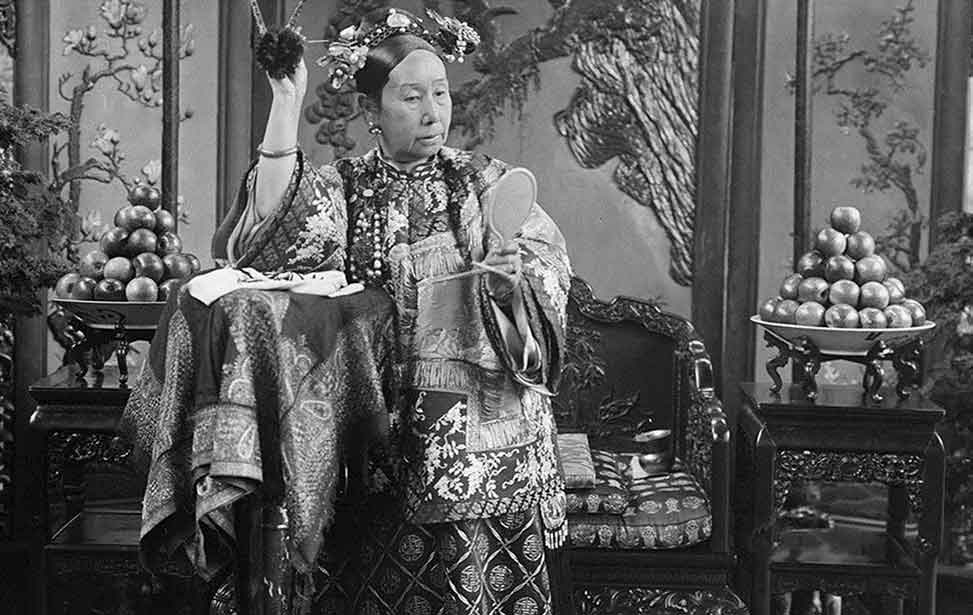
4. Pu Yi — the last emperor
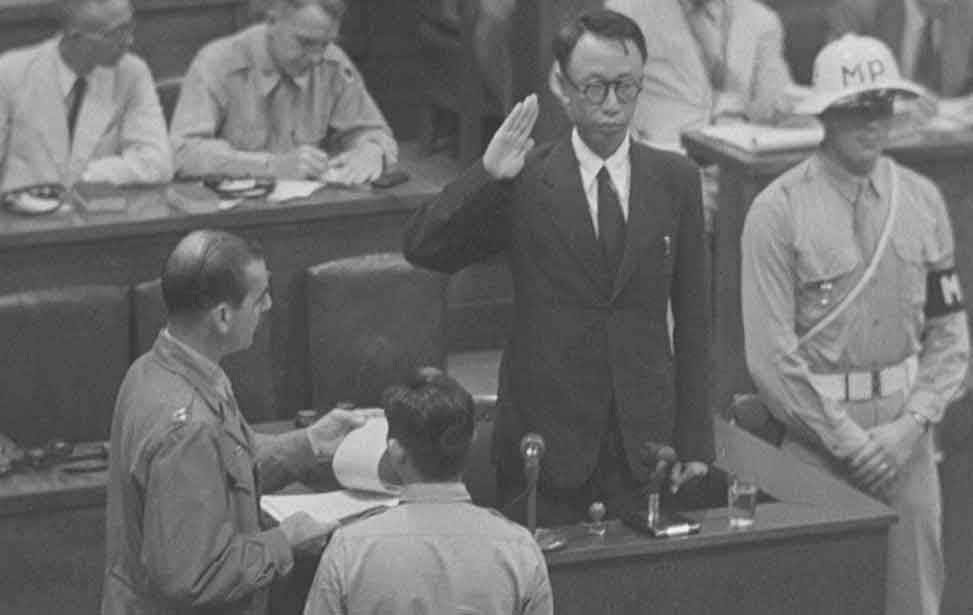
Pu Yi also called Henry Puyi, reign name Xuantong, (born February 7, 1906, Beijing, China—died October 17, 1967, Beijing), last emperor (1908–1911/12) of the Qing (Manchu) dynasty (1644–1911/12) in China and puppet emperor of the Japanese-controlled state of Manchukuo(Chinese: Manzhouguo) from 1934 to 1945. It is more interesting if you visit the Forbidden City after you watch <<The Last Emperor>> He was chosen as emperor when he was 3 years old by Ci Xi and lost power when he was 6 years old. Growing up in the Forbidden City as an emperor under the control of a republic government. He used to work in Beijing’s botanic garden after he got free from the people’s public of China and came back to see the place where he grew up… Do you want to see the place he used to live and some old photos in the movies, let us know.






